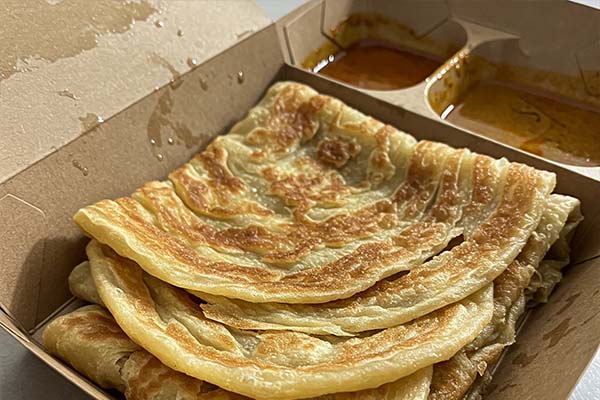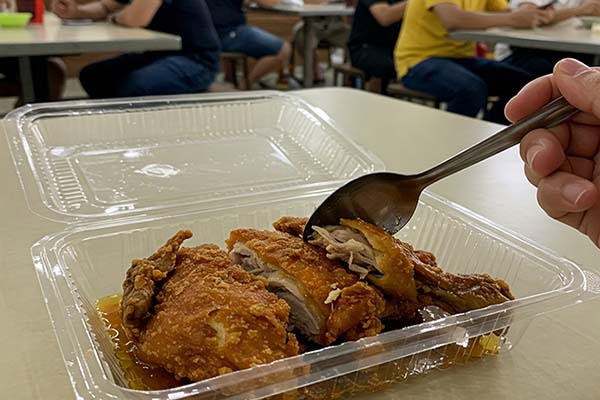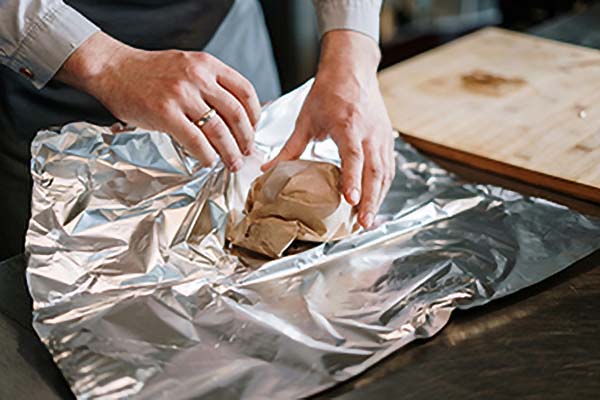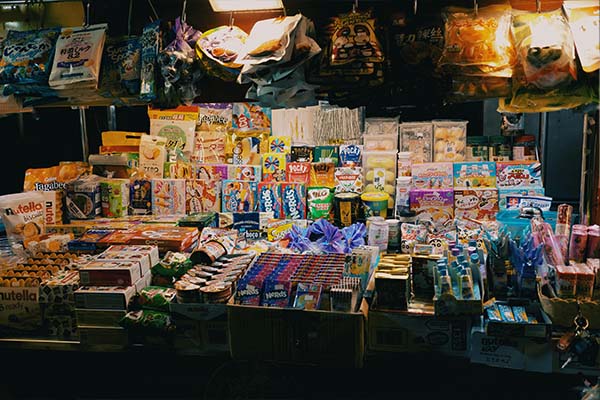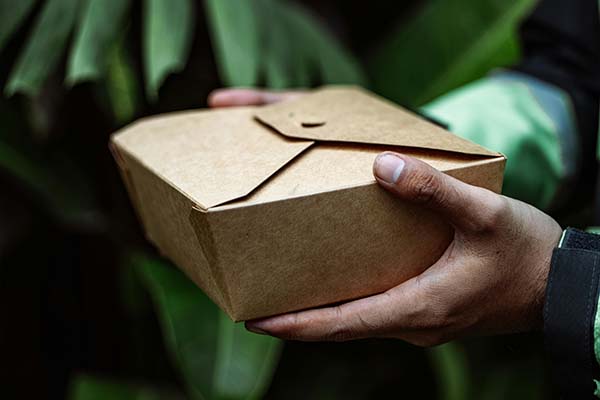PET Vs PP
Impact on Food Packaging
- FoodPacker
- 27th March 2025
- 3 Minutes of reading
When it comes to food packaging, choosing the right material is crucial for maintaining freshness, safety, and sustainability. Among the many materials used in food packaging, PET (Polyethylene Terephthalate) and PP (Polypropylene) are two of the most common.
Definition
PET is a type of plastic that is widely used in food packaging. It is a strong, lightweight material that offers excellent protection for food items. PET is commonly seen in products such as beverage bottles, food trays, and jars.
PP is another versatile plastic material that is widely used for packaging food items. Unlike PET, PP is a bit more rigid and resistant to heat, making it suitable for packaging that requires a higher degree of heat tolerance.
Key Features
Durability
PET is known for its durability and resistance to impact, making it ideal for packaging food and beverages that require safe and secure containers.
Heat Resistance
PP can withstand high temperatures, making it perfect for hotfood applications and microwave-safe containers.
Transparency
PET is naturally clear, allowing consumers to view the contents of the packaging without opening it, which enhances the product’s visual appeal.
Chemical Resistance
PP is highly resistant to chemicals, oils, and fats, which iswhy it is often used for packaging greasy or oily foodslike deli meats and fast fooditems.
Barrier Properties
PET protects against oxygen, moisture, and contaminants, helping keep food fresh longer.
Cost-Effective
PP is lightweight and inexpensive, which makesit an economical choice for manufacturers
Recyclability
PET is 100% recyclable, making it a more sustainable plastic option.
Like PET, PP is also recyclable, but it is less commonly recycledthan PET in someregions
Temperature Resistance
PET can handle temperatures up to 70°C (158°F) but may deform with prolonged heat exposure.
PP withstands up to 120°C (248°F), ideal for microwave-safe packaging and hot food containers.
Common uses in Food Packaging
- Soft drink and water bottles
- Ready-to-eat meals and snacks
- Condiment bottles (ketchup, sauces)
- Frozen food packaging
- Microwaveable food trays and containers
- Ready-to-eat meals and snacks
- Condiment bottles (ketchup, sauces)
- Frozen food packaging
Both PET and PP are essential materials in the food packaging industry.
PET is great for packaging beverages, snacks, and items that require a clear, durable container with excellent shelf life.
On the other hand, PP is ideal for hot foods, microwave-safe containers, and products that require strong chemical resistance.
See Next Entries

